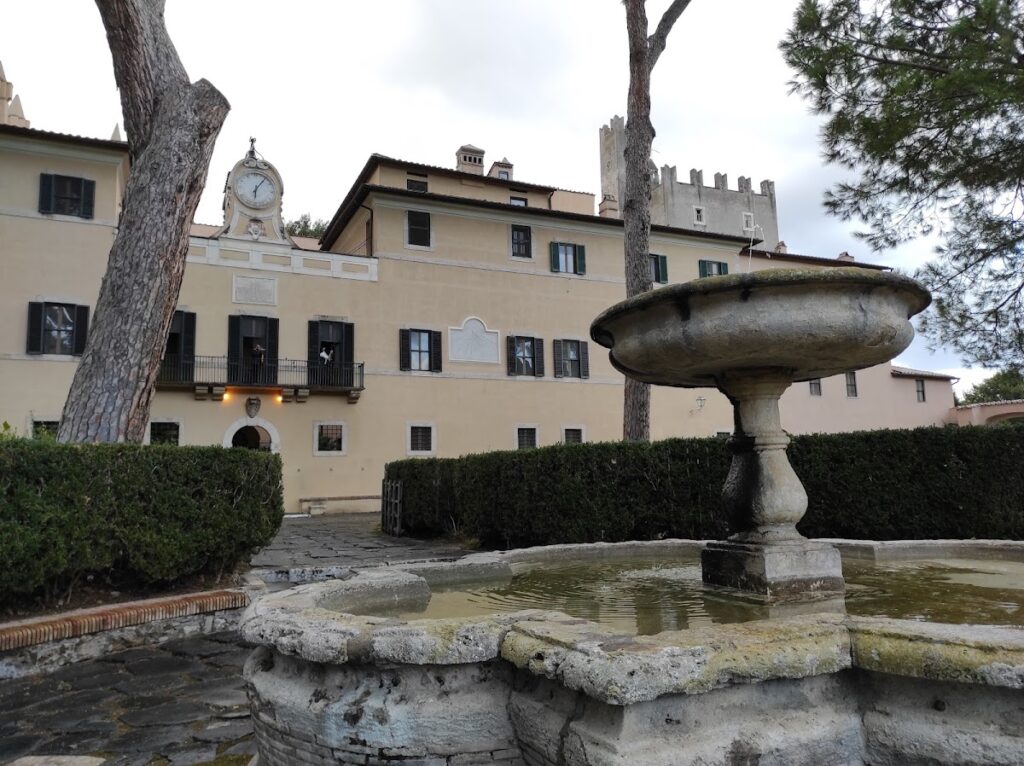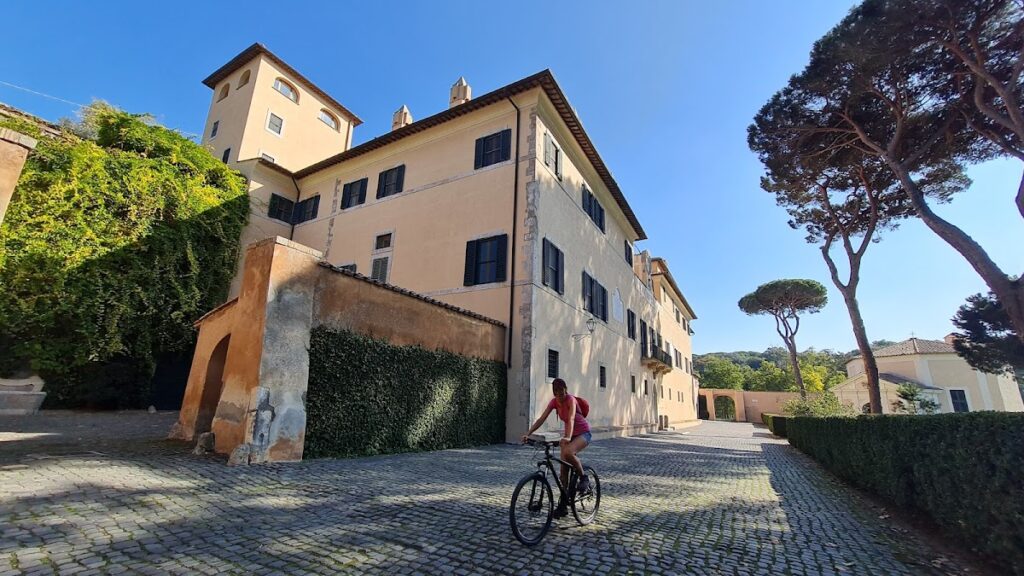Castello di Torre in Pietra: A Historic Medieval Castle in Italy
Visitor Information
Google Rating: 4.5
Popularity: Low
Google Maps: View on Google Maps
Official Website: www.castelloditorreinpietra.it
Country: Italy
Civilization: Unclassified
Remains: Military
History
The Castello di Torre in Pietra is situated within the municipality of Torrimpietra in Italy. It was originally constructed as a fortified castrum, a type of defensive settlement typical of medieval Europe, designed to protect its inhabitants through a system of towers and strong walls.
In 1254, the castle was owned by the Normanni family, who extended their control over adjacent lands including Pruniano (also known historically as Leprignana) and Castel Lombardo. Ownership of the fortress subsequently passed, likely through inheritance, to the Anguillara family, a noble lineage influential in the region. A notable historical moment occurred in 1457 when Lorenzo and Felice Anguillara sold the estate for 3000 gold ducats to Massimo di Lello di Cecco dei Massimo. The property then transitioned to the Peretti family, marking a period of shifting aristocratic stewardship.
The castle entered a new phase in 1639 when it was acquired by the Falconieri princes. This family commissioned architect Ferdinando Fuga to redesign key elements, including the church and the grand staircase that grants access to the noble floor. Around the same time, artist Pier Leone Ghezzi enriched the interiors with frescoes celebrating the Jubilee year of 1725, an important religious event in the Catholic calendar. By the late eighteenth century, the castle served as the hub of an extensive estate covering more than 1900 rubbi, approximately 3460 hectares, reflecting its role as a significant agrarian and noble seat.
Following the extinction of the Falconieri family line by the late nineteenth century, the castle experienced a period of decline. In 1926, Senator Luigi Albertini purchased the property, implementing modernization efforts focused on agriculture and establishing the site as a renowned livestock farm. The estate passed to his daughter Elena Albertini and her husband, Count Nicolò Carandini, in 1941. Their family remains the present owner, preserving the site’s historical legacy while adapting its use.
Remains
The Castello di Torre in Pietra stands within gardens adorned with large pine trees, reflecting its historical integration of natural and constructed environments. Central to the complex is a courtyard characterized by a portico supported by columns with lowered arches, an architectural form that provided sheltered walkways and access to various parts of the castle.
The ground floor houses the Sala Peretti, a spacious 220-square-meter chamber distinguished by a large fireplace and a barrel-vaulted ceiling. This vaulted ceiling includes window spandrels, the triangular spaces between arches and rectangular frames, which contribute to the room’s architectural rhythm and light distribution.
Access to the noble floor is gained by a historic staircase designed by Ferdinando Fuga during the Falconieri period of ownership. This upper floor features several frescoed rooms originally decorated by Pier Leone Ghezzi in 1725 to commemorate the Jubilee year. Among these, the main hall draws attention with its lowered vault ceiling accented by window spandrels. Additional frescoed spaces include the Falconieri rooms, the “stanza del bosco” (forest room), the green room, and a gallery corridor connecting these areas through a vaulted full-arch ceiling. These chambers are decorated with painted wooded landscapes, creating immersive visual environments that evoke natural settings.
A notable structure on the grounds is the octagonal Baroque chapel dedicated to Sant’Antonio Abate. The chapel presents a single nave design with a round-arched main entrance topped by a triangular pediment. Four pilaster lesenes, flat rectangular columns integrated into the wall surface—two on each side—frame the facade. Inside, the altar features a painting of the Madonna and Child, and the space continues to serve for wedding ceremonies.
Beneath the castle lies an extensive wine cellar carved into a hill of tuff, a porous rock formed from volcanic ash originating from the nearby Bracciano area. This cellar has been used for wine production since the 1600s and was expanded significantly in 1938. During these enlargements, remains of a prehistoric elephant species, Elephas Europeus, were discovered, indicating the site’s geological and paleontological significance alongside its historical functions.
The castle remains inhabited by the descendants of the Albertini-Carandini family, who continue to operate exclusive hospitality activities such as private events and wine tastings, maintaining the castle’s role as both a historical residence and a site of ongoing cultural engagement.








